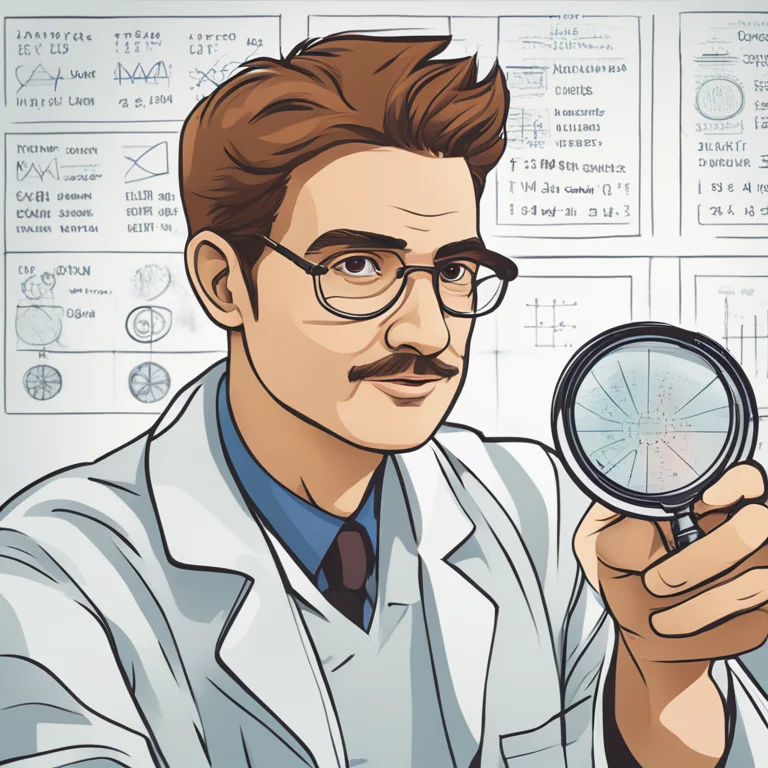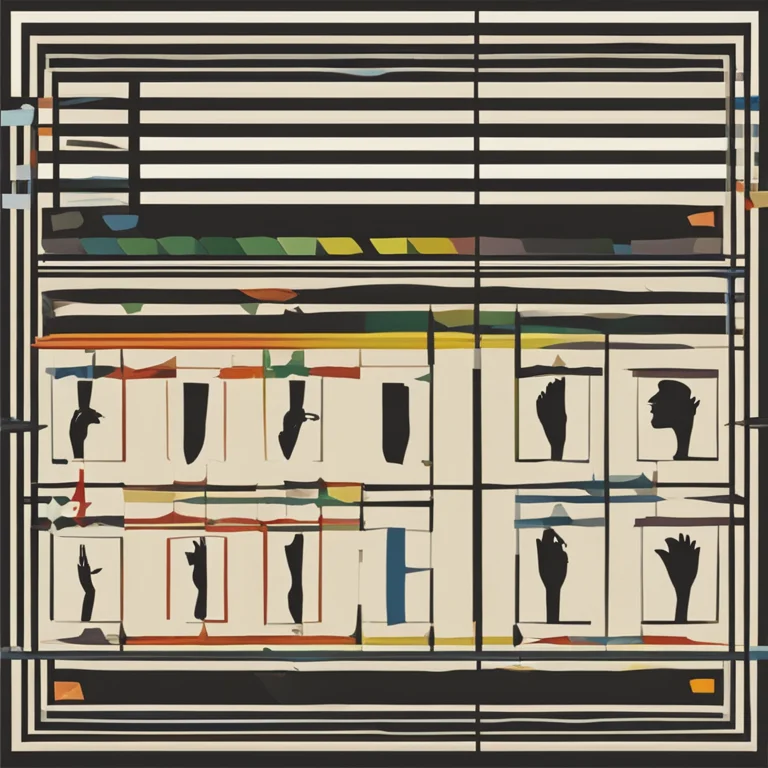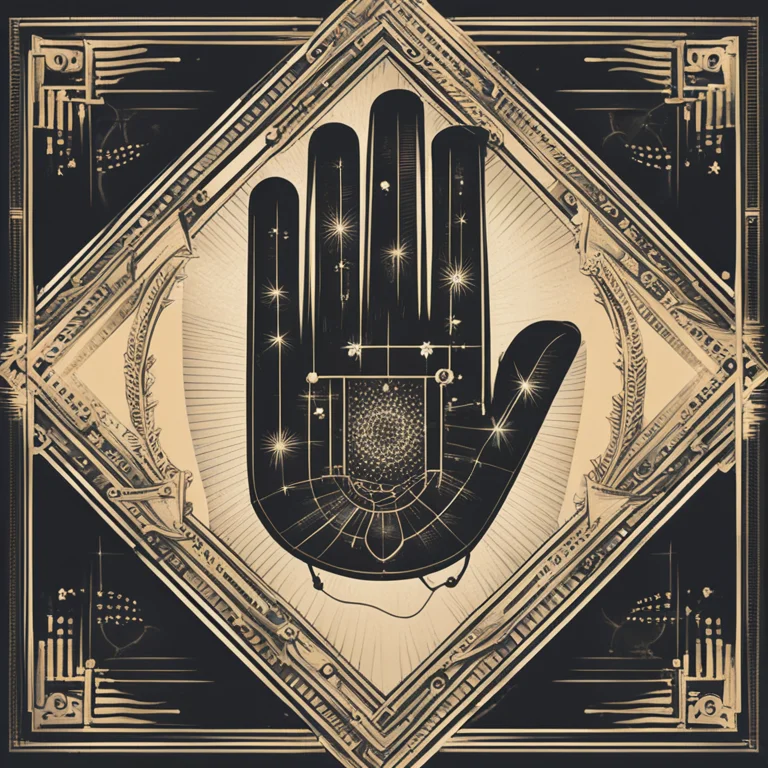
The Efficacy of Palmistry: Unlocking The Truth
Discover whether palmistry holds any truth or if it's merely a myth. This article delves into the practice's legitimacy and scientific standing as of 2024.
article by Nora Pennington
Palmistry's Premise and Popularity
Palmistry, also known as chiromancy, is an ancient practice that claims to foretell a person's future and personality traits by reading the lines and features of their hands. Over the years, it has garnered a mix of skepticism and belief. Proponents see it as a tool for insight, while skeptics dismiss it as superstition. In recent times, the intersection of cultural practices and psychological analyses has brought renewed interest to palmistry, making it popular across various demographics seeking personal enlightenment.

Scientific Scrutiny of Palmistry
Scientific evaluation of palmistry has consistently fallen into the realm of pseudoscience, lacking empirical evidence to support its claims. The lines on palms are indeed unique to each individual but attributing predictive powers to them is still scientifically unfounded. However, a slight shift occurred in recent years with studies relating certain palm features to genetic conditions, indicating that while palms may hold some biological information, the leap to predictive fortunes remains a stretch.

Psychological Perspectives
If palmistry lacks scientific validation, does psychology offer it any refuge? Some psychologists posit that like other forms of divination or cold reading, palmistry may offer self-reflective insights through a psychological phenomenon known as the Forer effect (or Barnum effect), where vague statements are interpreted as highly personalized analysis. This mirrors the way individuals find personal meaning in horoscopes and tarot readings, often leading to a subjective validation of palmistry's effectiveness.

Modern Palmistry and Technology
The digital era has seen palmistry adapt to technology, with apps and websites offering automated readings. These platforms often incorporate psychological algorithms and large data sets to enhance the personalized experience. While this could imply an embrace of palmistry in daily life, its accuracy remains as debated as when done by traditional palmists. As of 2024, tech-integrated palmistry continues to be viewed with curiosity but without concrete scientific endorsement.
Cultural Impact and Personal Beliefs
The cultural impact of palmistry cannot be overlooked. It is deeply intertwined with various cultures around the world and has managed to maintain its relevance through the ages. In some societies, palm readings are integral to major decisions and life events. Despite the absence of scientific proof, personal belief systems play a massive role in the continuous practice of palmistry, and for some, it holds psychological or spiritual significance that transcends empirical scrutiny.
Palmistry as a Personal Choice
Ultimately, the question of whether palmistry works may boil down to personal choice and individual experiences. Those seeking guidance or entertainment may find value in its practice, while others looking for evidence-based analysis may not. In a world where personal empowerment and self-discovery are highly valued, palmistry may continue to find a place - regardless of its scientific standing.
Published: 1/11/2024
Modified: 1/12/2024
More predictions
Come back here soon to learn more about yourself and your future


The Basics of Palm Reading: A Beginner's Guide
Discover the basics of palm reading in this comprehensive guide aimed at beginners interested in the ancient practice of palmistry.


Palm Lines: A Guide to Your Hands' Secrets
Learn the art of reading palm lines with our straightforward guide. Discover what your hands reveal about your personality, destiny, and life!


Jupiter Mount & Palmistry:Exploring The Significance
Delve into the secrets of the Jupiter mount on your palm and discover how it reflects your leadership and ambition.